Private First Class Raymond Lee Bailey

- Date of Birth: August 6, 1933
- Date of Death: August 1, 2015
- Hometown: Fayette, Alabama
- Place of Death: Mobile, Alabama
- Cemetery: Section 1, grave 144. Alabama National Cemetery, Montevallo, Alabama
Nashua-Plainfield Jr.-Sr. High School
2024-2025
Early Life
Raymond Lee Bailey was born to Lester and Annie Jane (Hurst) Bailey on August 6, 1933 in Fayette, Alabama, a racially and economically diverse rural community of 2,600 residents in Northwestern Alabama. As an African American family, the Bailey’s lived in a racially segregated area of Fayette where Raymond and his six younger siblings attended an all-Black school.
Raymond’s father Lester had a steady job stacking lumber to support his family. However, at the onset of the Korean War, poverty in Alabama was on the rise and the number of welfare recipients was growing statewide. This was especially true in Bailey’s African American neighborhood, where many of their neighbors were unemployed in 1950. The lack of job opportunities made the military an appealing economic alternative and a large number of local residents entered the military during the Korean War, including Raymond Bailey, who was 17 when the conflict began.

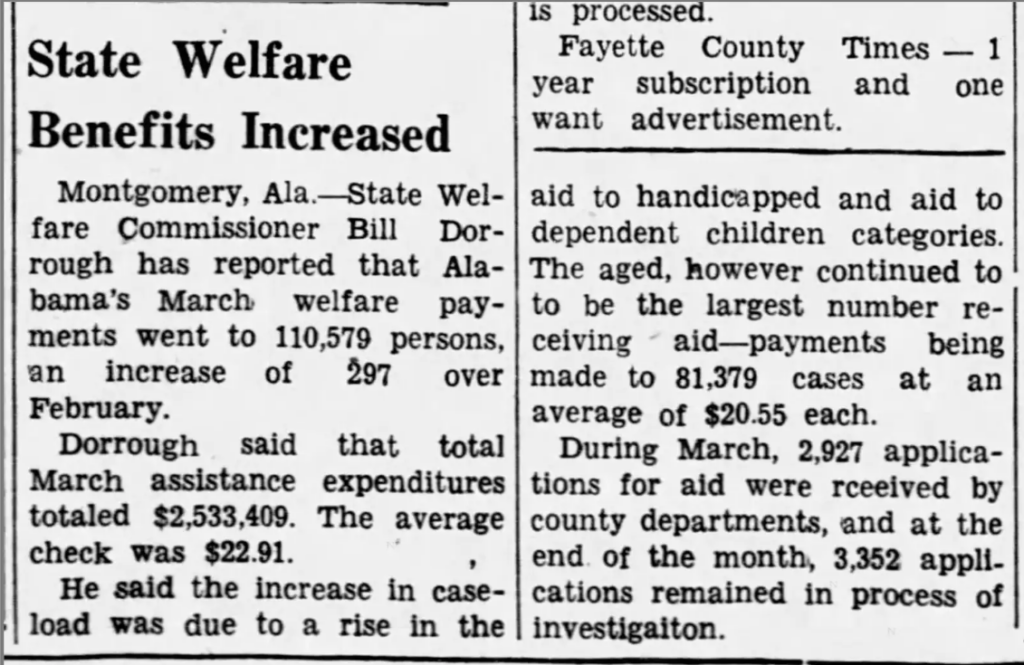
Homefront
There was a heavy industrial presence in Raymond Bailey’s hometown and throughout the state of Alabama, where the economy was dominated by steel, lumber, and agricultural industries. At the time of the Korean War, Raymond Bailey’s father, Lester, worked in the lumber industry, which was Alabama’s most prominent industry and why the state was ranked third in the nation for lumber production.
During the war, many industries locally and statewide shifted to wartime manufacturing. For instance, in Fayette County, where Raymond Bailey lived, farmers, industrial managers, and junkyard owners were asked by the federal government to aid defense efforts by removing scrap steel and iron from their operations and transporting it to market channels so he could be used for rearmament programs.

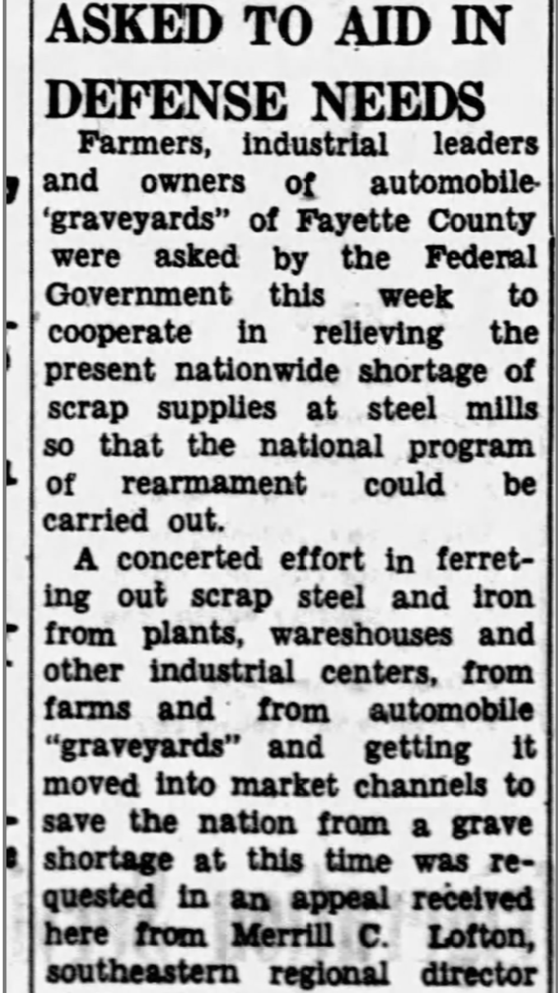
Military Experience
Raymond Bailey entered the military and served in the Korean War, rising to the rank of Private First Class. While his specific unit, training, and military assignments are unknown, it is likely that his time in military service was similar to that of other African Americans at the time.
On July 28, 1948, U.S. President Harry Truman signed Executive Order 9981, which officially ended military racial segregation. However, military practices were often slow to follow and varied greatly by location and leadership. As a result, Raymond Bailey likely experienced, to varying degrees, racial segregation and racially discriminatory practices related to his training, living quarters, and duties during his military service. However, it is more likely that any time Bailey spent fighting in Korea was alongside his White military counterparts, as racial integration was most readily implemented on the battlefields during that time period.
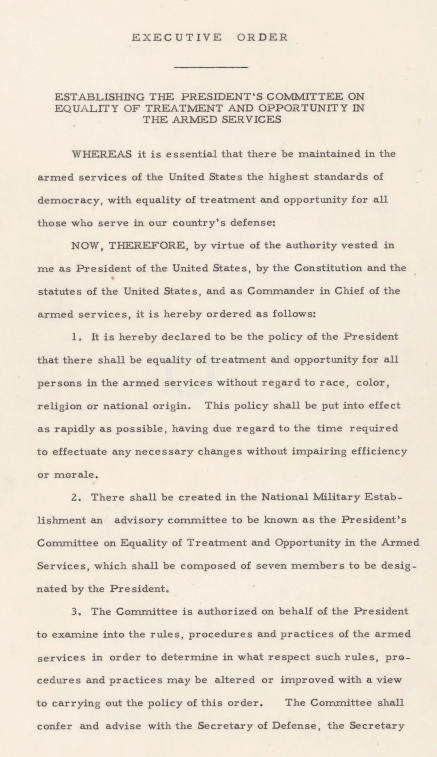
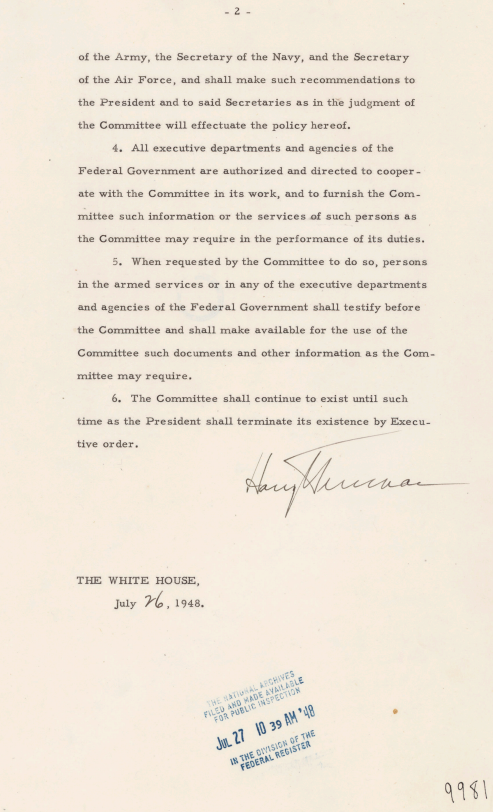
Veteran Experience
Following his Korean War military service, Raymond Bailey likely leveraged the GI Bill to pursue further education. He obtained a B.S. in English and History from Alabama State University and a Masters degree in Education from the University of Wisconsin.
Upon completing his education, Bailey returned to Alabama where he served as an English and History professor for 51 years at Alabama State College, Mobile Center, which later became Bishop State Community College. The institution where Bailey taught was one of many Historically Black Colleges and Universities (HBCUs) and was established for the purpose of preparing African American elementary and secondary teachers. In addition to his teaching duties, Bailey also served as the school’s Yearbook Sponsor and Honor Club Advisor.
While there is no record that Raymond Bailey ever married or had children, it appears that his college community was his purpose in life and became his extended family. Mr. Bailey left a legacy at Bishop State Community College through his lasting influence on the students he taught. Following Bailey’s death in Mobile, Alabama on August 1, 2015, many people left comments beneath the online posted version of his obituary hailing him as a tremendous teacher and person:
“Mr. Raymond L. Bailey played an integral role in my life as a student at Bishop State College as well as at Alabama State University. Had it not been for his care and concern, I would not be the person that I am today.”
“Mr. Raymond L. Bailey will always hold a special place in my heart and mind. Had it not been for Mr. Bailey’s encouraging words, words of wisdom and sometimes his words of criticism, I would not be the woman that I am today…I have nothing but fond memories of Mr. Raymond L. Bailey. He is the only teacher that I kept in touch with after I graduated from ASU and relocated to another state. I was thrilled to let him know that I was pouring out on my students all that he had poured into me.”
“A great professor and a phenomenal person. I loved him and his demeanor the first time I met him at Bishop State in 1964. I took my daughter directly to him when she enrolled at Bishop in 1991! We reconnected for a while and I left my daughter in good hands. Bailey family please know Mr. Bailey was as great as everyone has said and more.”
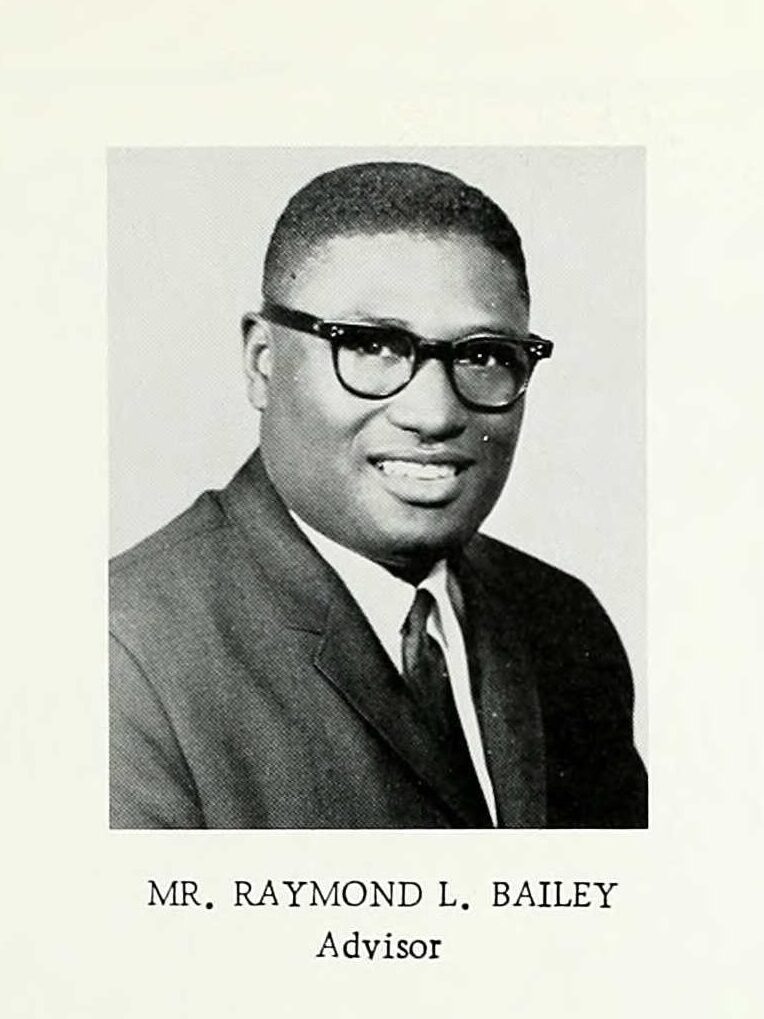

Bibliography
1950 Census of Population Preliminary Counts. U.S. Department of Commerce. https://www2.census.gov/library/publications/decennial/1950/pc-02/pc-2-11.pdf.
Alabama. Fayette County. 1940 U.S. Census. Digital images. https://ancestryclasroom.com.
Alabama. Fayette County. 1950 U.S. Census. Digital images. https://ancestryclasroom.com.
Alabama State College, Mobile Center Yearbook. Mobile, Alabama: Alabama State College, Mobile Center, 1964. https://ancestryclasroom.com.
“Alabama Third Lumber Industry.” Fayette County Times [Fayette County, Alabama], September 13, 1951. Newspapers.com (572115629).
Executive Order 9981 dated July 26, 1948 in which President Harry S. Truman bans the segregation of the Armed Forces. Executive Order. July 26, 1948. General Records of the United States Government; Record Group 11; National Archives and Records Administration (NAID 300009). https://catalog.archives.gov/id/300009.
“Hold Kick Off Banquet for Self Study Program.” The Mobile Beacon and Alabama Citizen [Mobile, Alabama], November 9, 1963. Newspapers.com (554123823).
“Local Groups Asked to Aid in Defense Needs.” Fayette County Times [Fayette County, Alabama], May 17, 1951. Newspapers.com (572113897).
“Raymond Lee Bailey.” Press-Register [Mobile, Alabama], August 5, 2015. Newspapers.com (1094250955).
“State Welfare Benefits Increased.” Fayette County Times, [Fayette County, Alabama] April 26, 1951. Newspapers.com (572112421).
“Steel Industry Keeps Pace With the Rapid Progress of Alabama.” Fayette County Times, [Fayette County, Alabama] September 13, 1951. Newspapers.com (572115682).
Cline, David. Twice Forgotten: African Americans and the Korean War, An Oral History. The University of North Carolina Press, 2021.
“Executive Order 9981: Desegregation of the Armed Forces (1948).” National Archives and Records Administration. Accessed January 2, 2025. https://www.archives.gov/milestone-documents/executive-order-9981.
“Explore HBCU – Bishop State Community College.” Find My HBCU. Last modified 2022. Accessed December 19, 2024. https://findmyhbcu.org/explore-hbcu-bishop-state-community-college/.
“Hattye V. Mays.” Mangano Funeral Homes, Inc. Accessed December 11, 2024. https://www.manganofh.com/obituaries/hattye-v-mays.
“History of Fayette.” City of Fayette. Accessed December 19, 2024. https://fayetteal.org/history/.
“Pfc. Raymond Lee Bailey.” Find a Grave. Accessed December 12, 2024. https://www.findagrave.com/memorial/150157624/raymond-lee-bailey.
“Raymond Lee Bailey.” Nationwide Gravesite Locator (NGL), National Cemetery Administration. Accessed December 11, 2024. https://www.cem.va.gov/nationwide-gravesite-locator/.
“Raymond Lee Bailey.” Veterans Legacy Memorial. Accessed January 29, 2025. https://www.vlm.cem.va.gov/RAYMONDLEEBAILEY/6CEF379.
This profile was funded by a grant from the United States Department of Veterans Affairs. The opinions, findings, and conclusions stated herein are those of the author and do not necessarily reflect those of the United States Department of Veterans Affairs.

